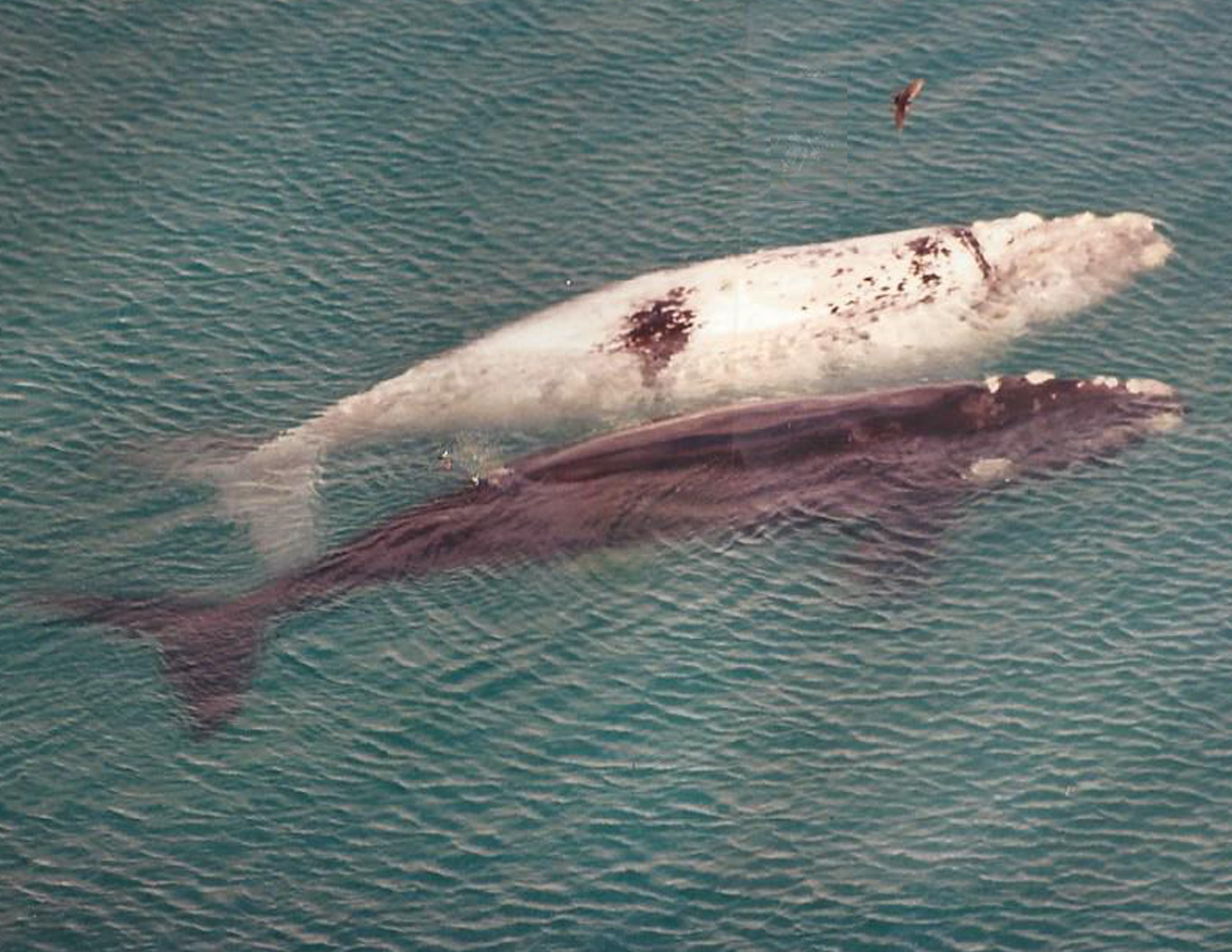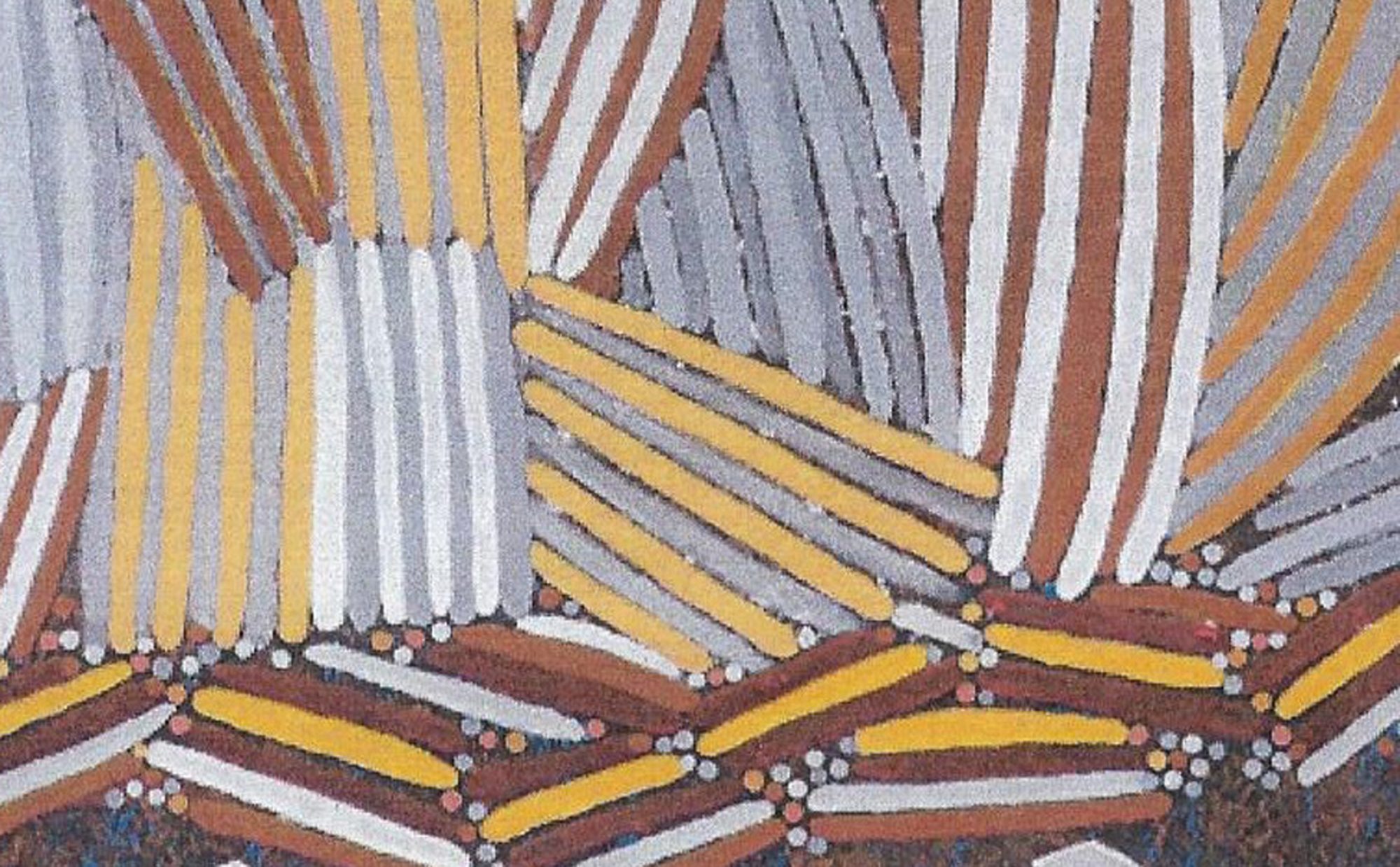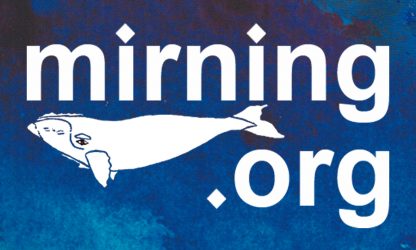Mirning Country is the sacred place of the Mirning People from time immemorial. The Yinyila Nation of Mirning clans forms a huge yerrambai, rainbow arch from Point Culver in Western Australia to near Streaky Bay in South Australia, with submerged country roughly along the 33rd parallel south. There is shared country to Point Malcolm in the West and Venus Bay in the East.
We still share our stories from long before the last great sea-level rise, stories of our land country that is now under the Great Australian Bight. When the Dutch sailed along our coast in 1627, they called our country Landt van Pieter Nuyts. Our Elders share memories of how our ancestors met early explorers who came ashore and how they could read their thirst and hunger and so shared water and food in our goonminyera, friendly way.
The Yinyila clans arc around the Nullarbor Plain and the Great Australian Bight. Along the coast west to east from near Point Culver (WA) to near Streaky Bay (SA). In WA, several smaller clans gathered at Wonunda after colonisation, our Yerkala clan spans the coast in WA and SA. Yoolbara was a name also used for our Yerkala clan Djalyi (Jeedara), seafoam family in SA and is a general term for coastal clans where the yoola bari, earth rises in sand dunes along the shore. Further east the Cooeyana clan.
When inland people came onto our country after colonisation and pre-1900, the names started to change, as inland people used Wanbari for some of our Yerkala and Yoolbara country and Wirangu for some of our Yoolbara and Cooeyana country in the east. Wanbiri is wanyiri, our small native ngoora, grape and is the plant totem for the Djalyi (Jeedara) family. The anthropologist Norman Tindale in 1927 recorded that the inland Kokatha who had then recently migrated to the coast used the term Wirrangu, which is how this inland name came to be placed on our coastal country.

The great arching bridge of the ngargaum Bunda Cliffs holds up Australia. Our lands include the Nullarbor Plain and the seas of the Great Australian Bight. Over millennia, our isolated landscape has been reflected in our unique culture, the connection with coastal country blending land and sea through the largest network of underground limestone caves in the world. The sea caters for the great Eucla Basin, wilbiyirrinyie, through underground rivers and channels.
Our Mirning ancestors protected this coastal land and sea since the Dreamtime. That is why this country is still beautiful, full of life and pristine today. The Great Australian Bight is one of the world’s greatest marine centers of biodiversity, full of deep-water nutrients.
The word Mirning means listen, learn, understand and observe for wisdom and knowledge. This place is our museum, our university and education. This is the place where the southern right whales tend the calves and teach them and it is a sanctuary where the whales rest and find refuge. For our Mirning families, who have the whales as our totem, the whales are our family – our brothers, our sisters. The annual returning of the whale is always a celebration for our people; reuniting family.

Today our Elders and People continue to protect the whales. The special connection with the whale inspired Julian Lennon to produce a film called Whaledreamers and Senior Mirning Elder, Aunty Iris Burgoyne, titled her autobiographical book “Mirning, We are the Whales”. Aunty Iris wrote in her book:
“My people, the Mirning, told me about the way our ancestors lived and that we must follow the same path on the tradition. You respected your elders and forgave people before the sun went down and the light died on that day.”
“People wondered why Aboriginal people cried out for land rights. Our loved ones slept out there with our beautiful brown mother and she was disturbed. Our ancient spiritual history said that the Mirning believed in our ancestral spirits and in the land. The land and sea are unique and special to the Mirning.”
Along the Nullarbor cliffs the many subterranean channels, karsts and caves can be seen. Years ago, on full tide, the whales used to travel through these channels. Our people used to look after the whales and treat them when they were not singing.
Our Country is full of energy, full of life and healing. This is medicine to the whales and medicine to us Mirning. This is a very spiritual place, a place where, as Mirning People, we honour tradition and custom. We honour the Dreaming.
It is our duty and responsibility to teach how we connect with the land and sea and live with Mother Nature. We are the natural custodians and protectors of land, sea and nature.


